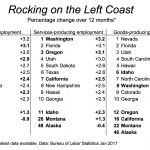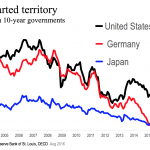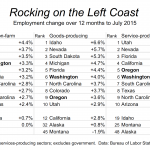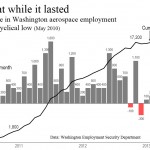
When it comes to median household income, tech powerhouses, especially in California, and suburbs of Washington, D.C., tend to dominate the top lists. Among cities with more than 65,000 population, Palo Alto ranked No. 1 in 2015 (latest data) at almost $148,000. Half of households in Palo Alto had higher income [continue reading . . . ]






